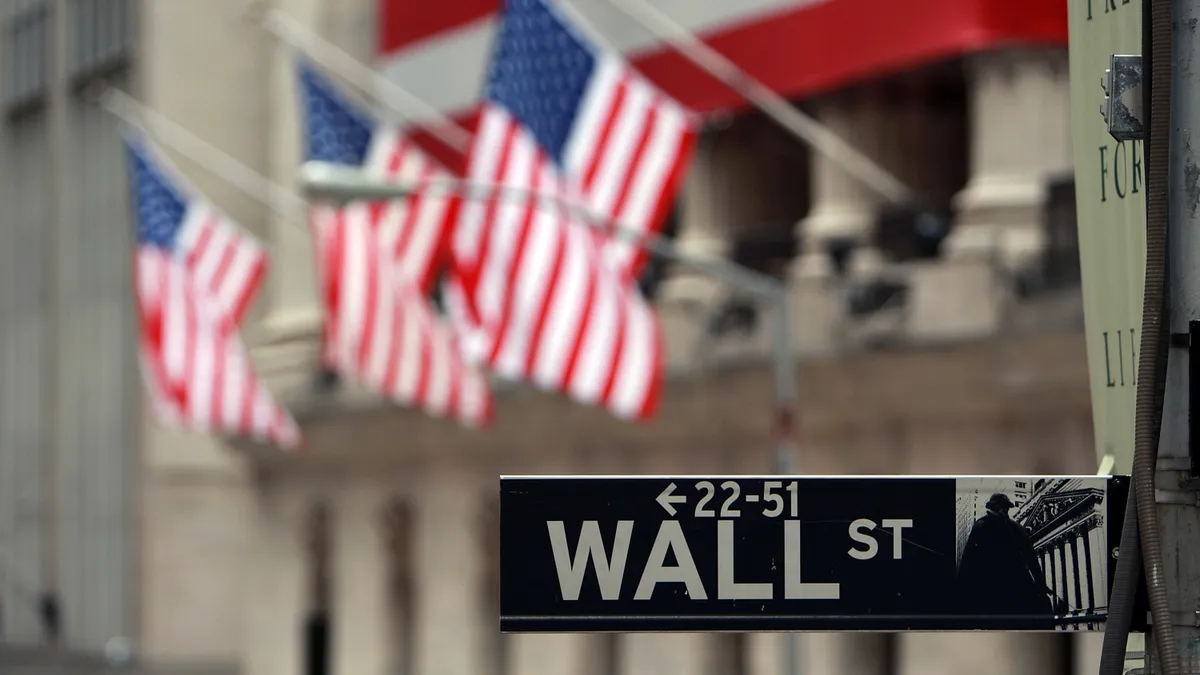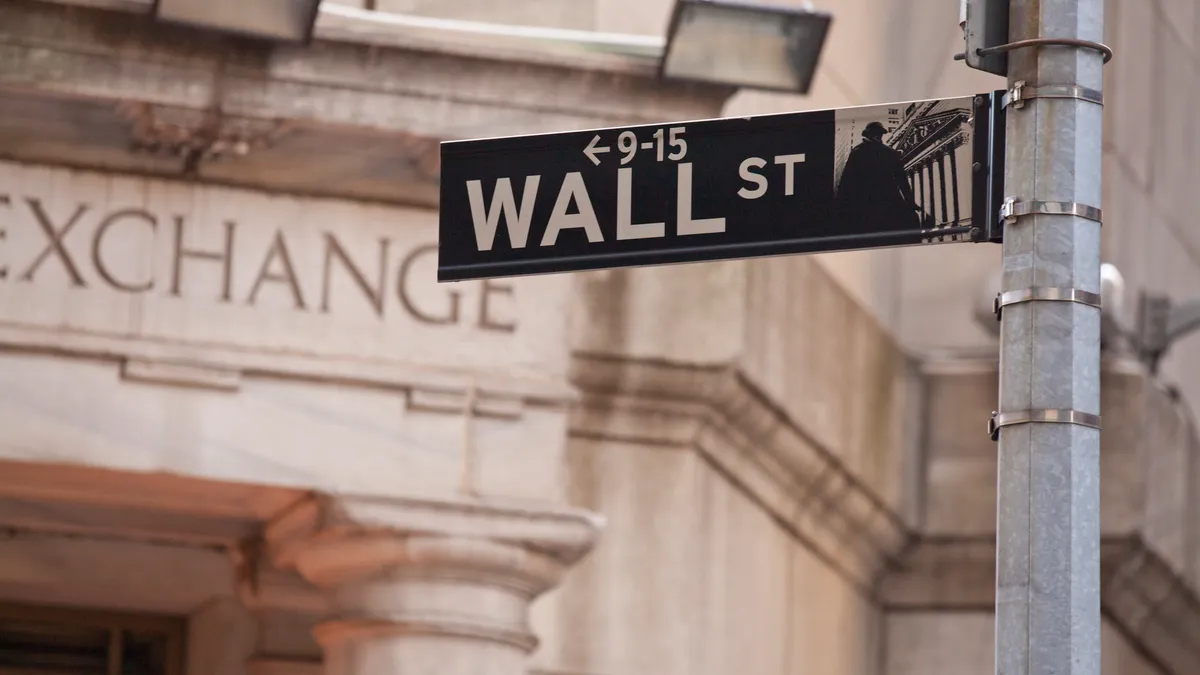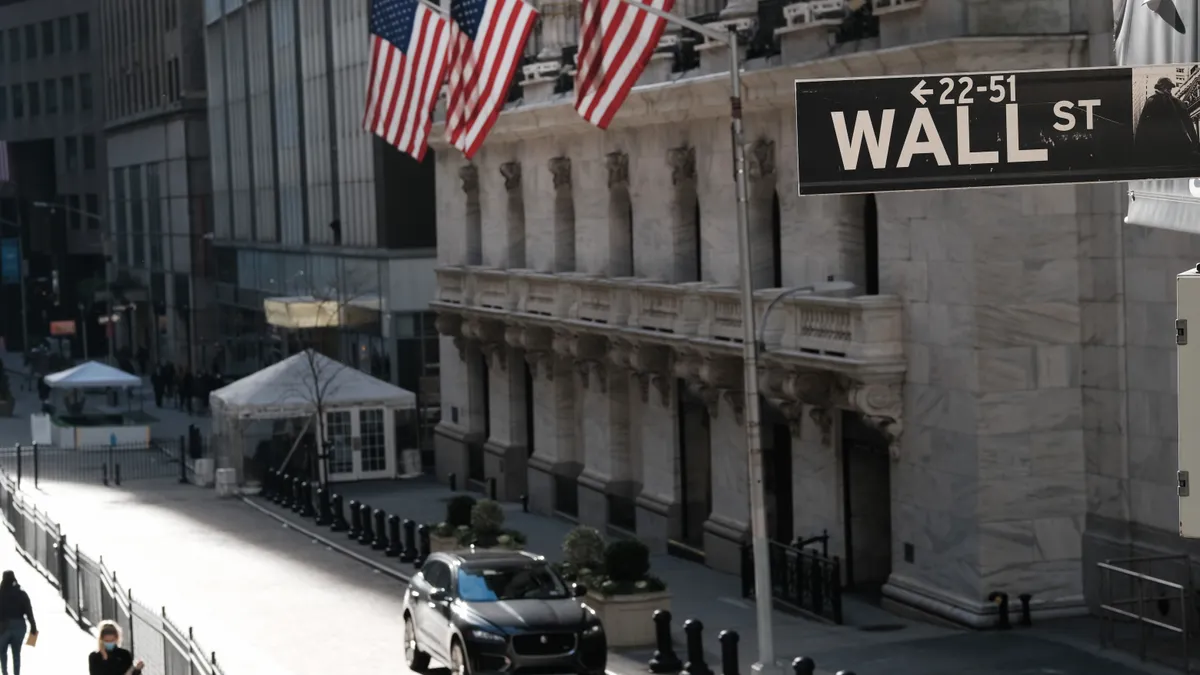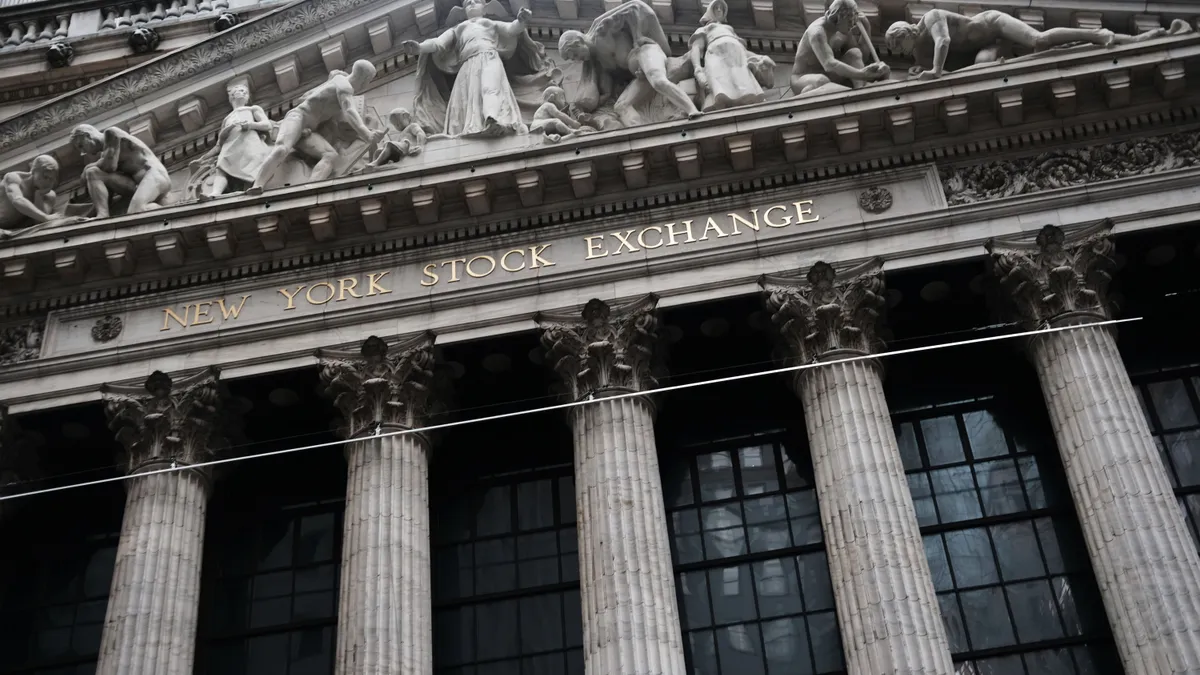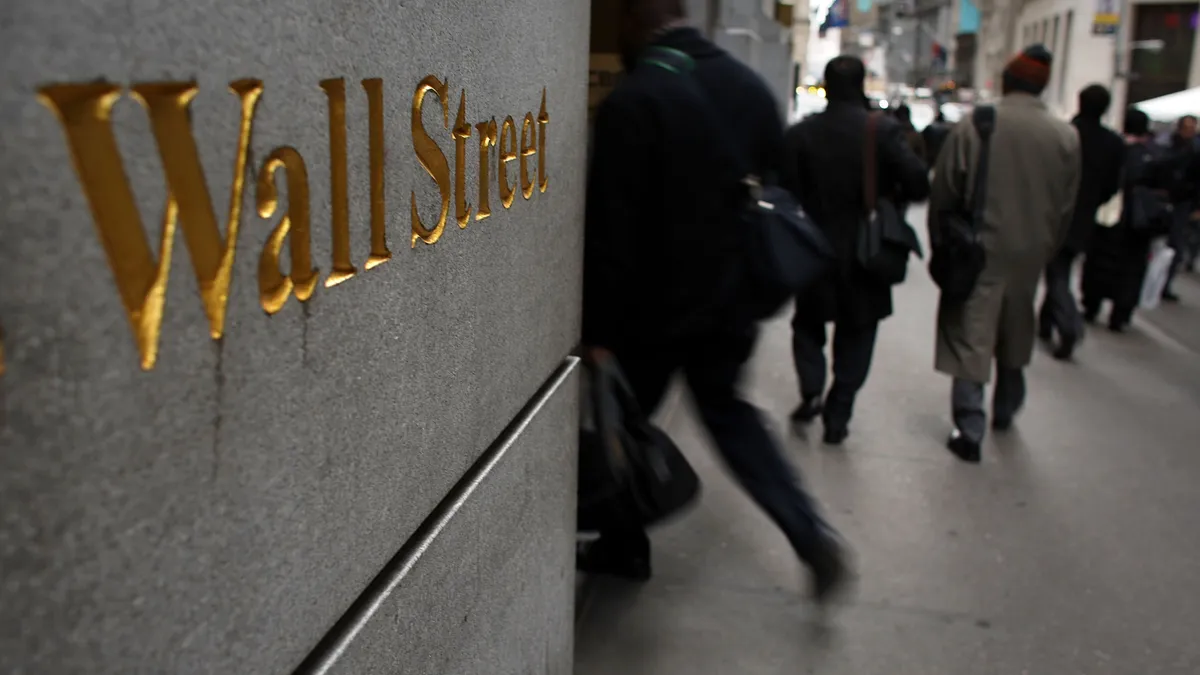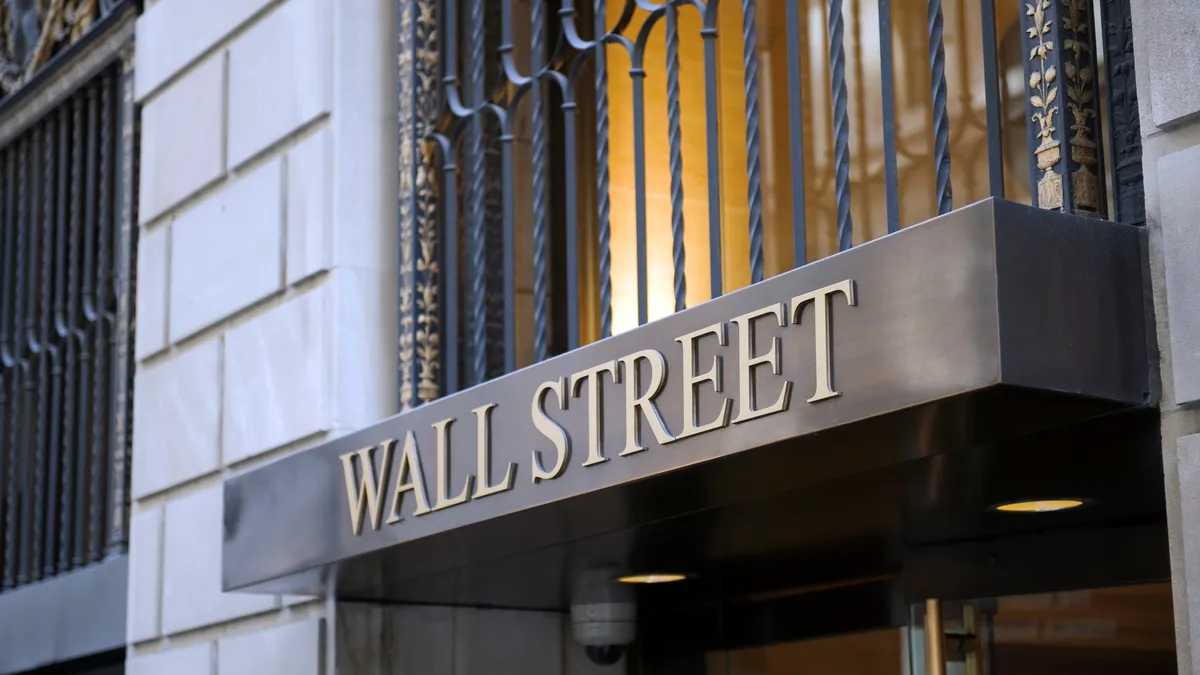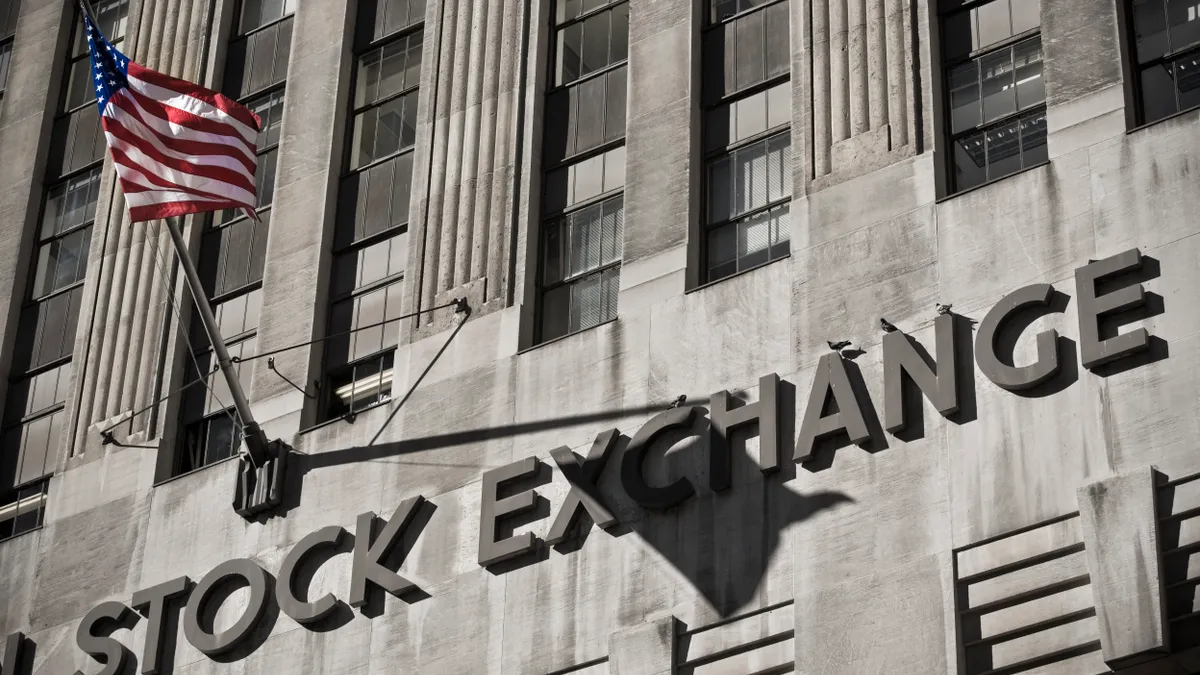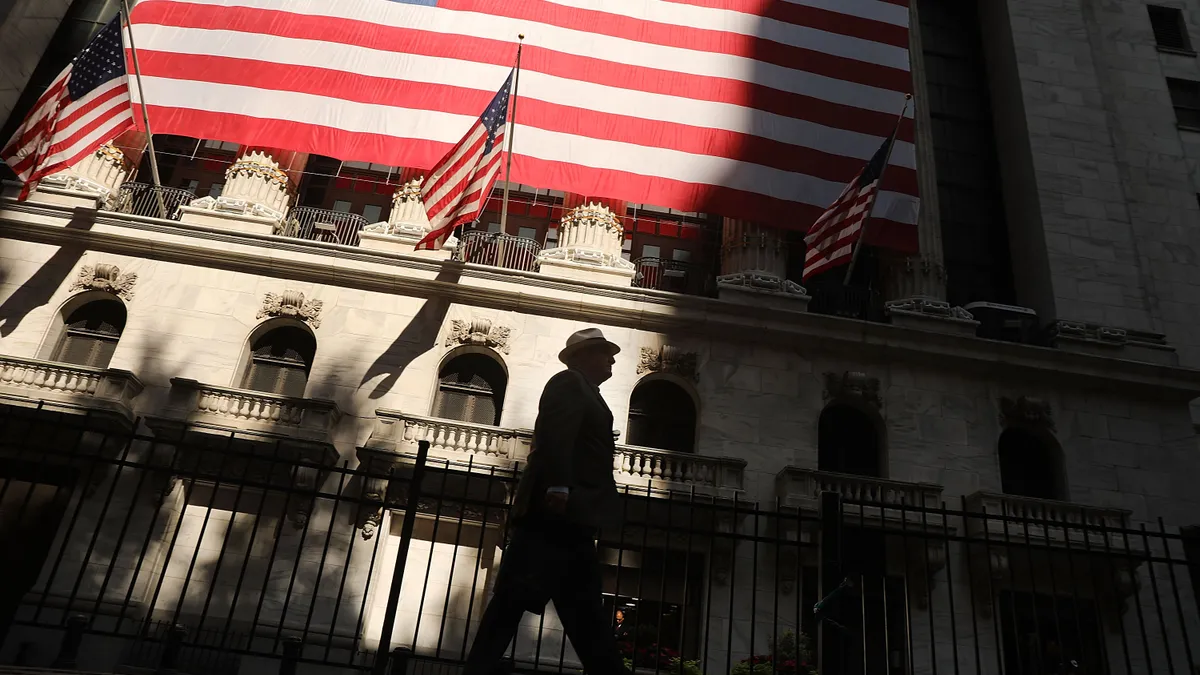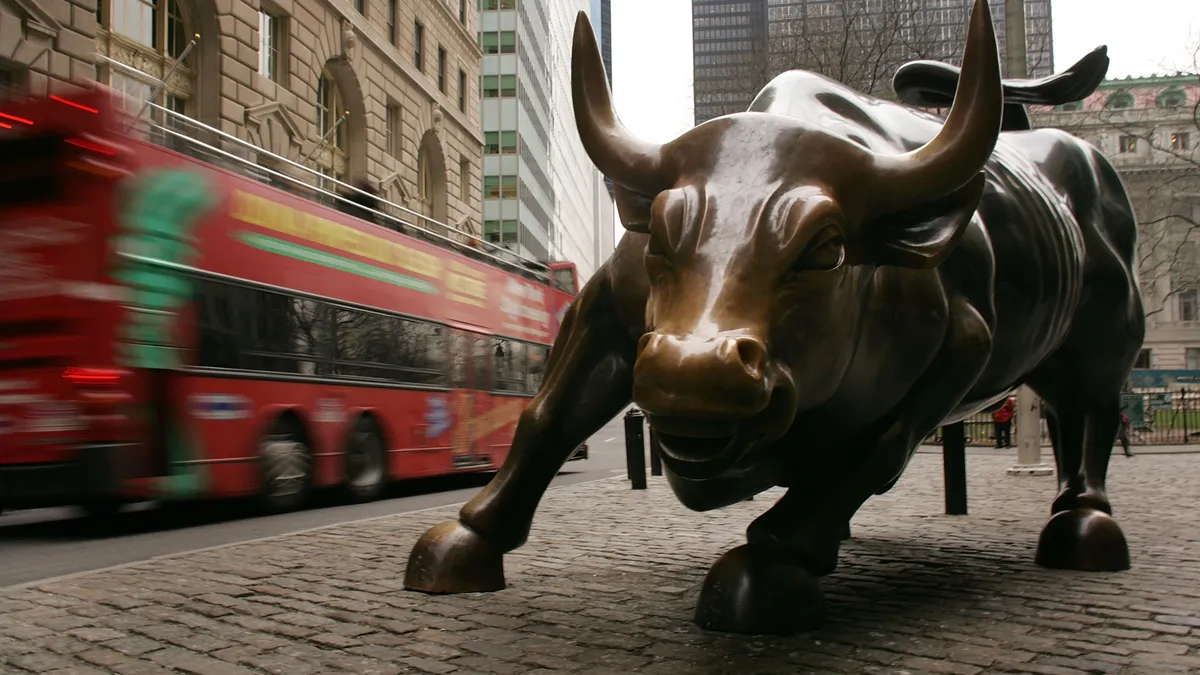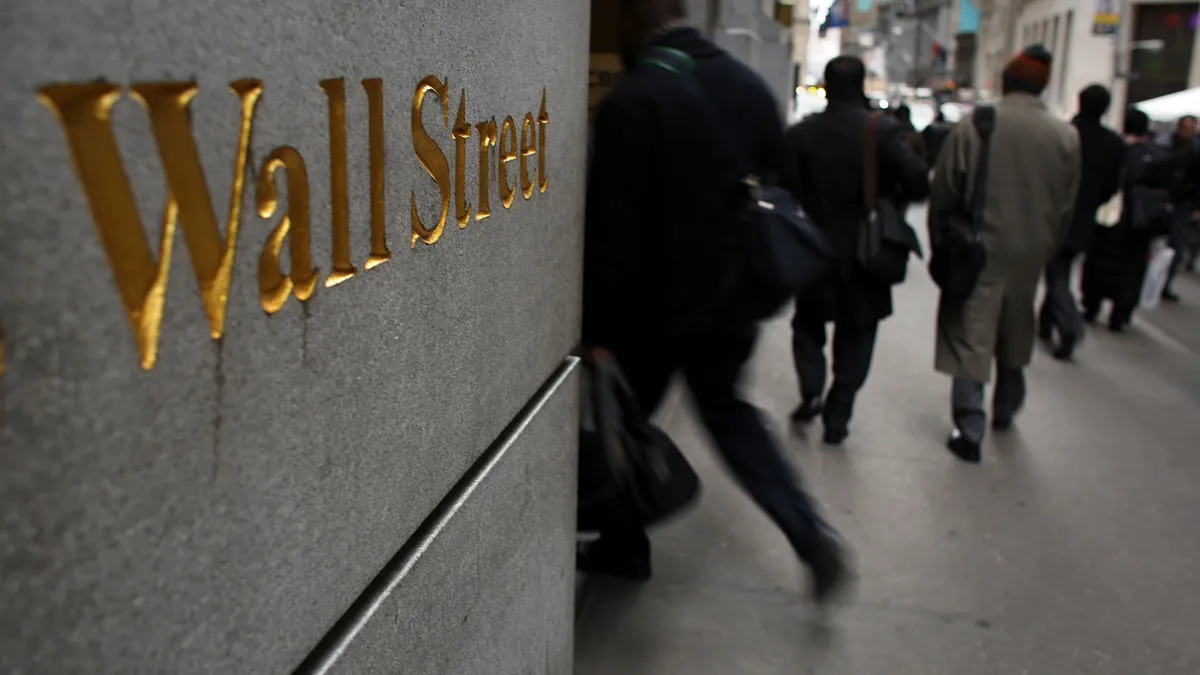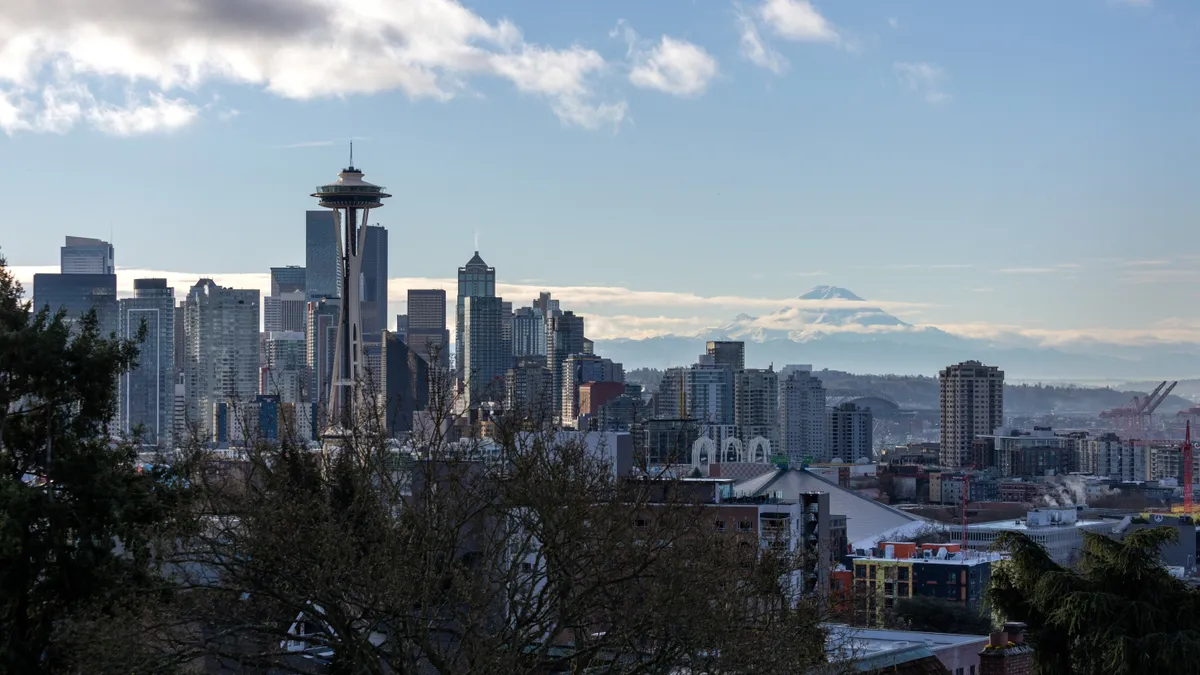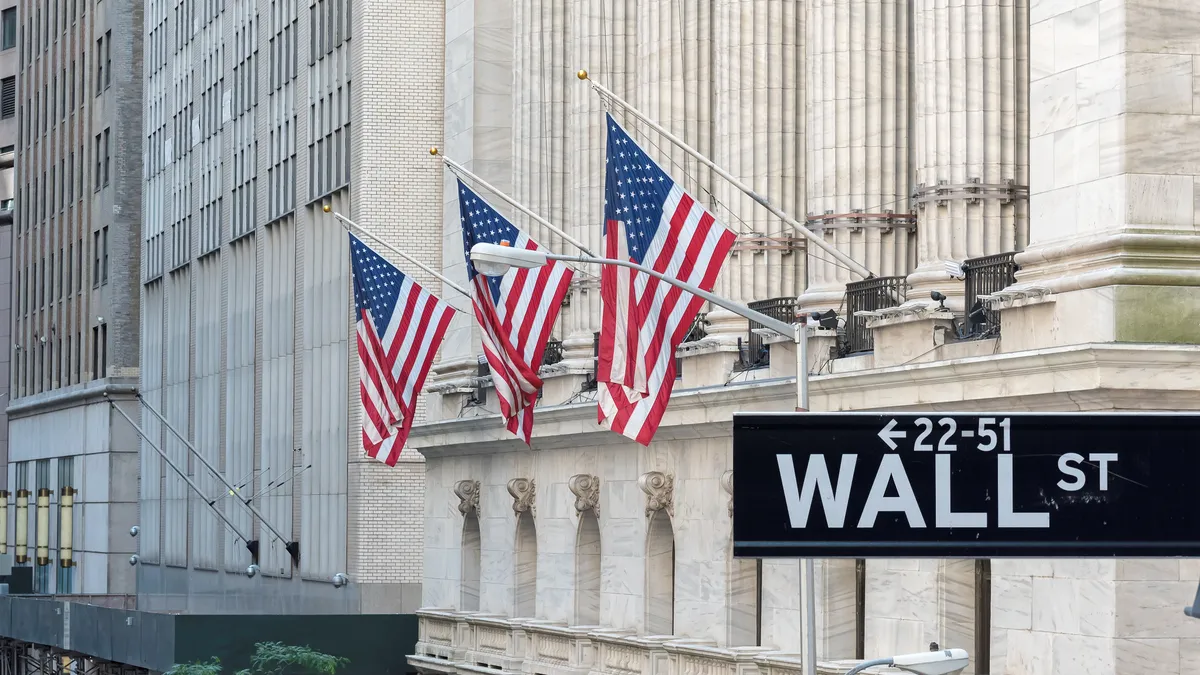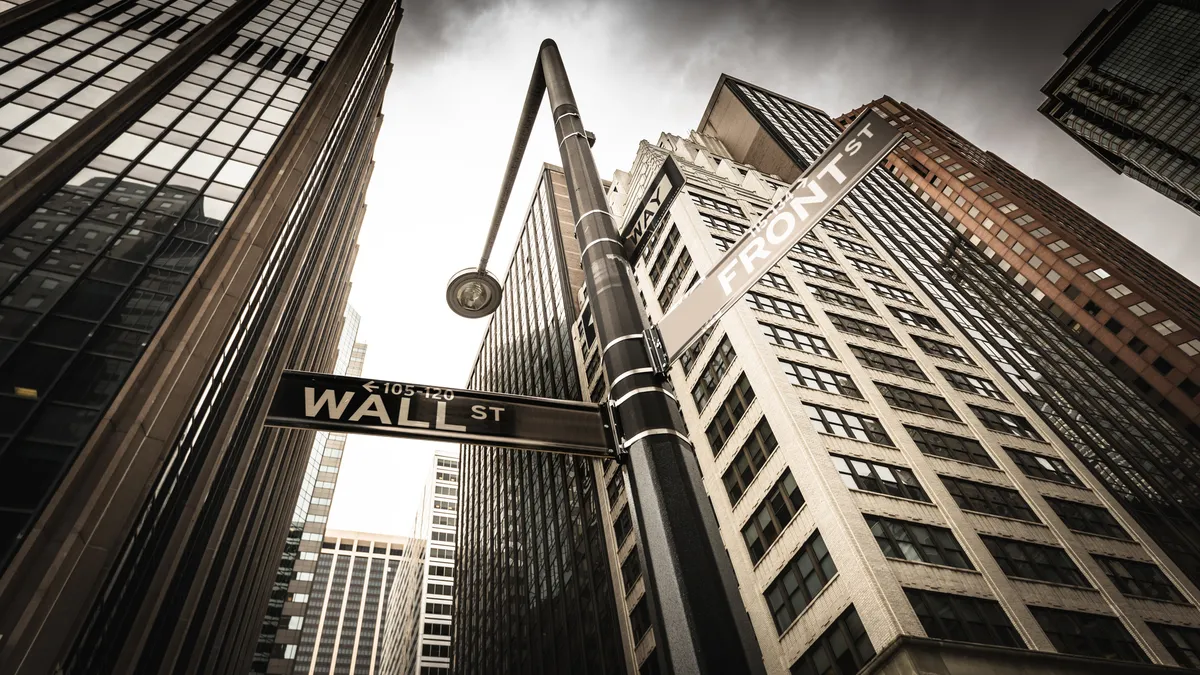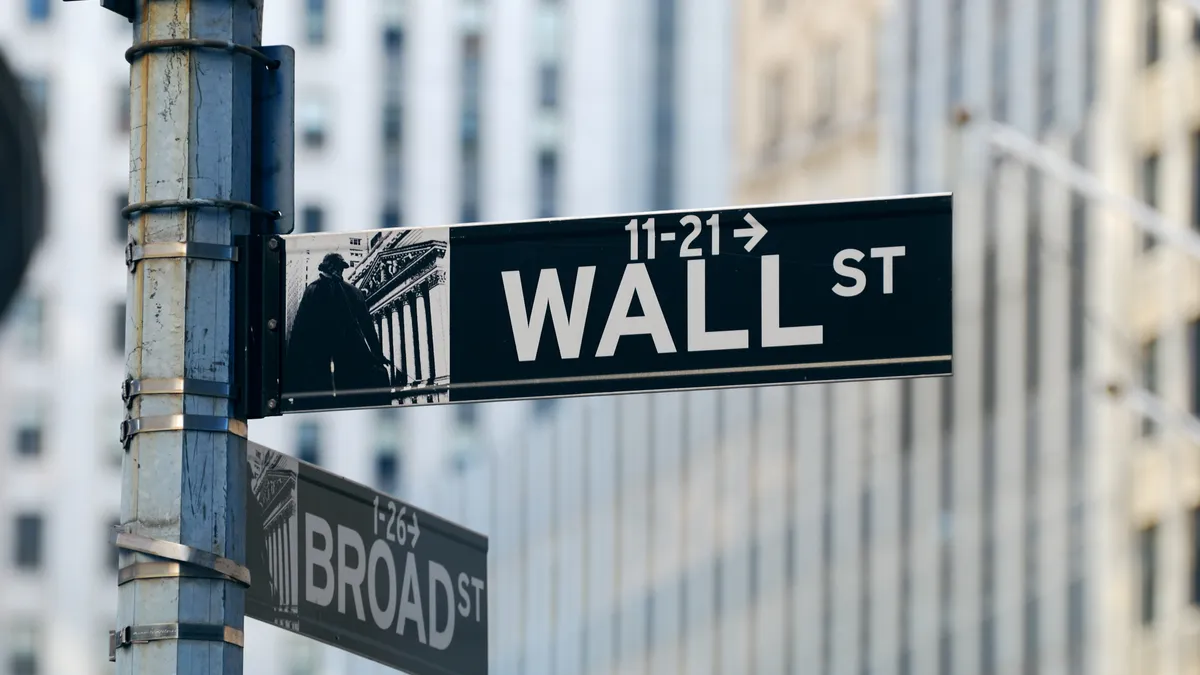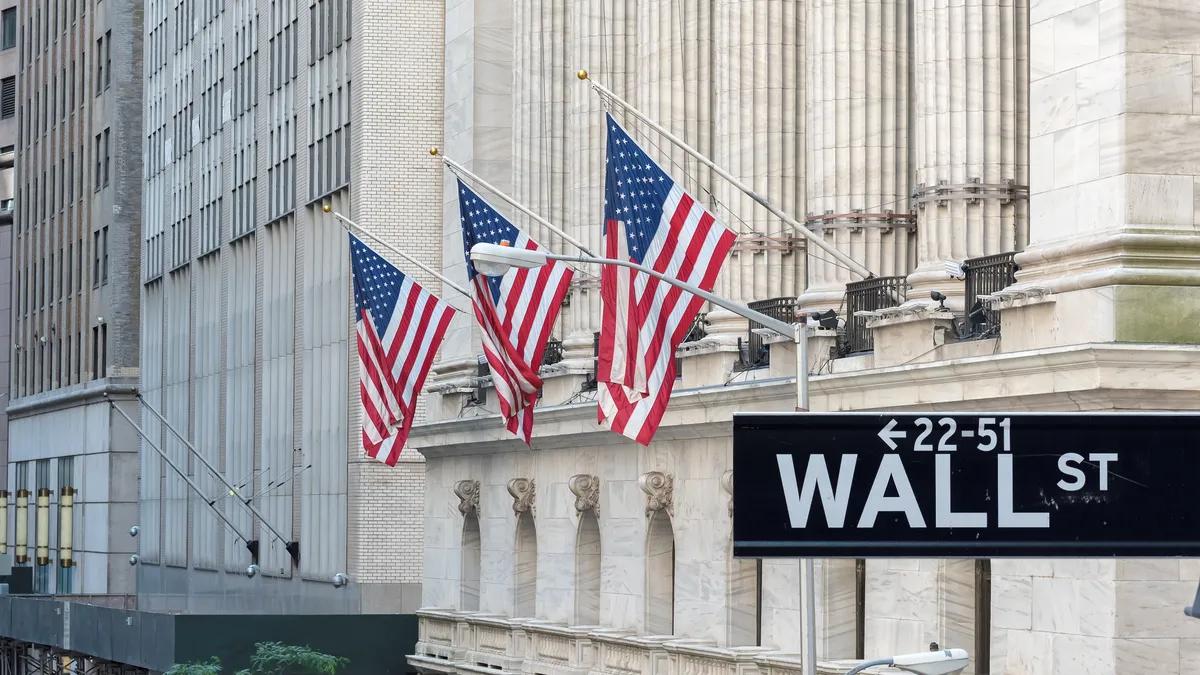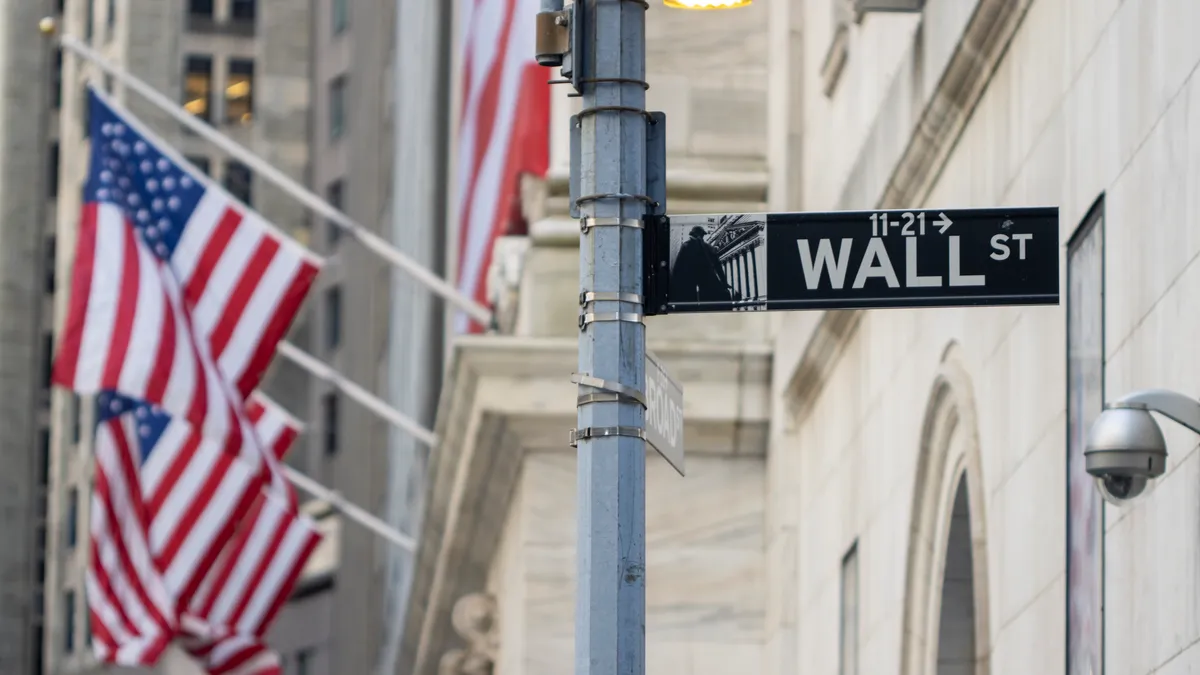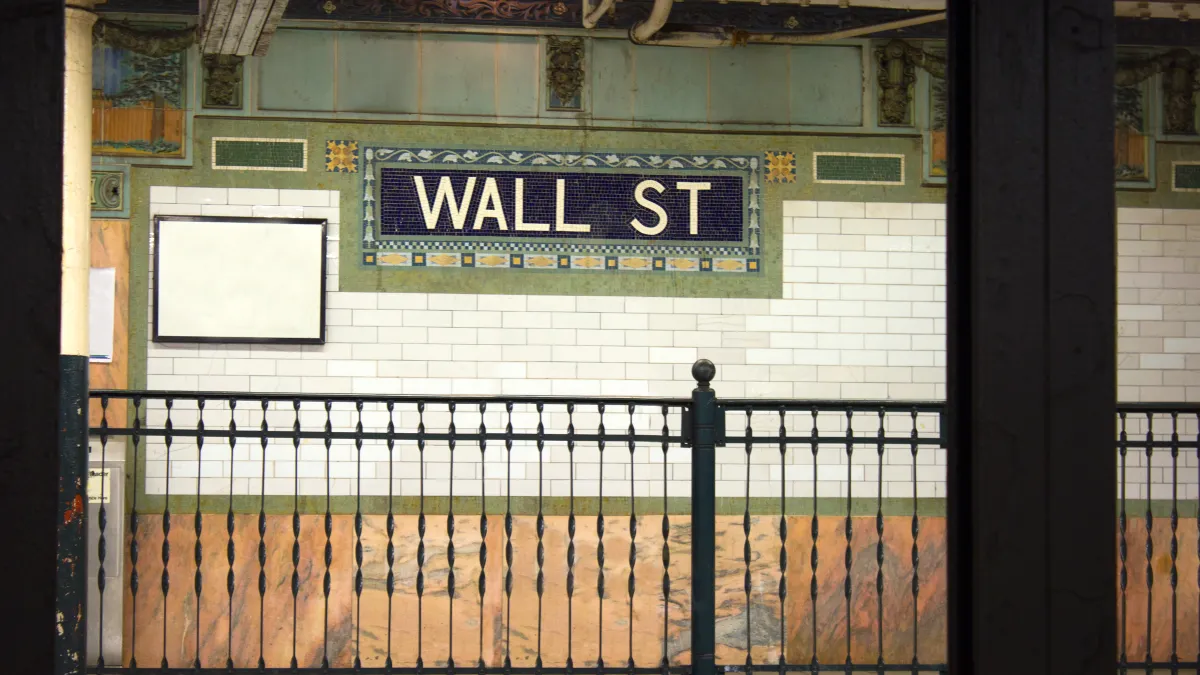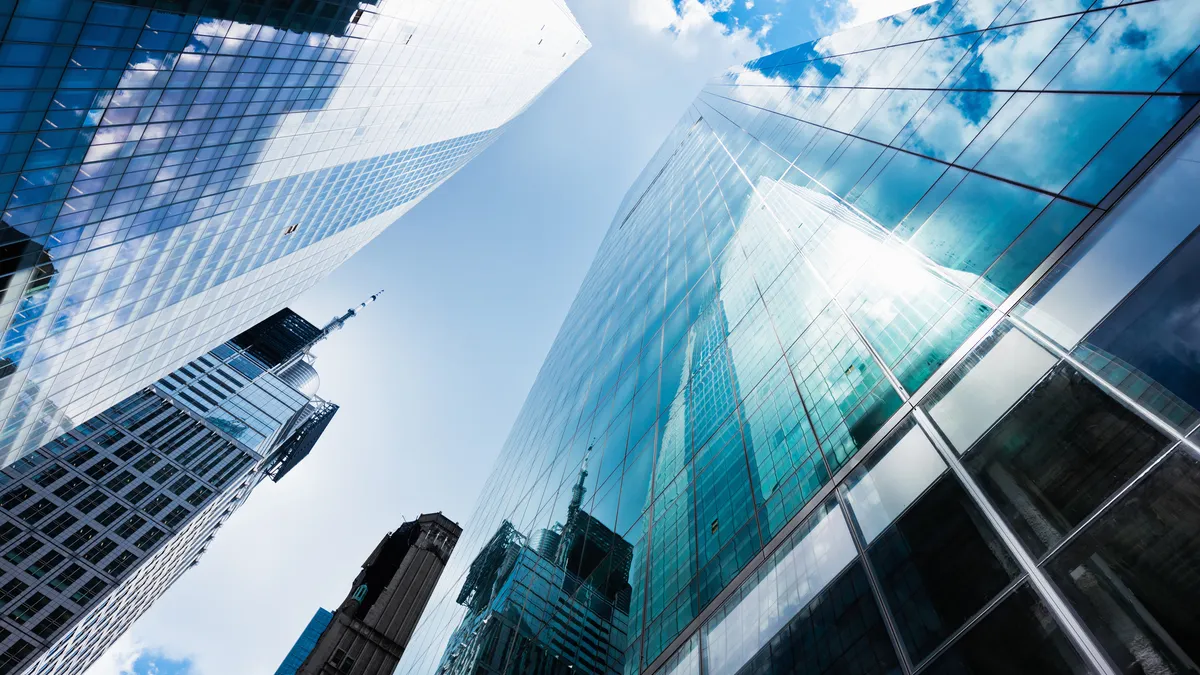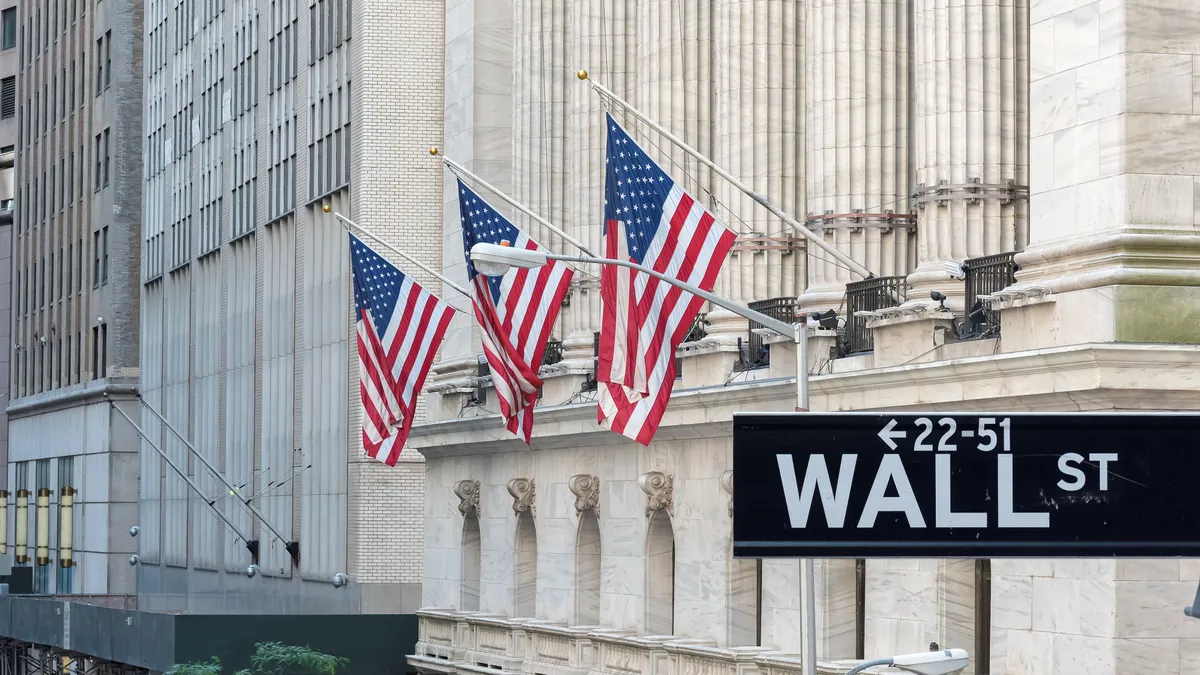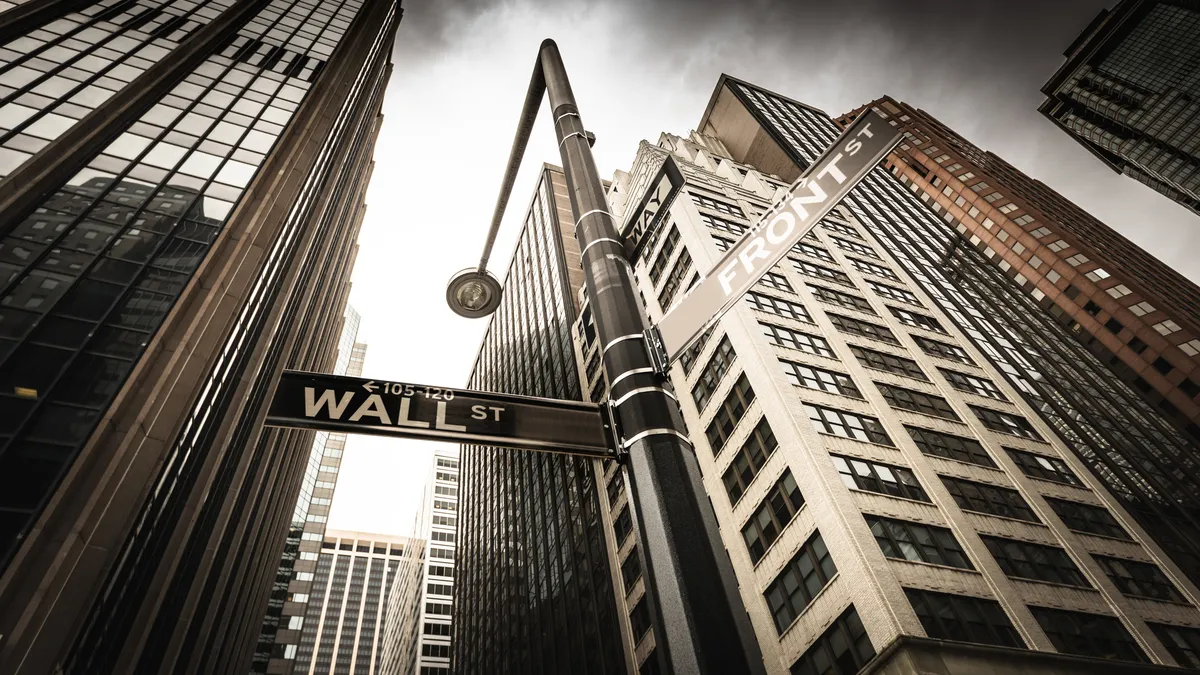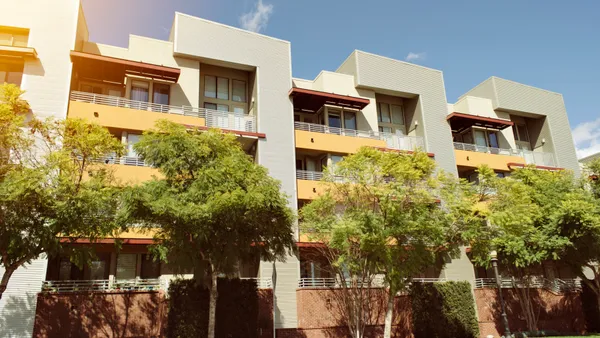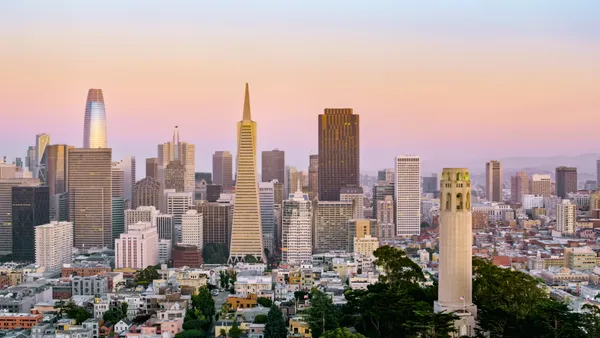As almost all of the eviction moratoriums had expired across the country, one of the major focuses for Denver-based UDR coming into 2023 was “recapturing apartment homes that were previously occupied by long-term delinquent residents,” said Mike Lacy, senior vice president of operations on the REIT’s first quarter earnings call.
The firm made strides in accomplishing those goals, although there was some short-term pain. In Q1, UDR had 400 basis points of higher annualized turnover versus the prior year (although 39% annualized turnover is consistent with its long-term Q1 average), increased repair and maintenance expenses and higher levels of availability during a slow leasing period.
Though that approach produced a drag on pricing in Q1, the REIT hopes it will lead to long-term gains, Lacy said during the call last week.
“However, re-leasing these apartment homes to paying residents is beneficial to total revenue,” Lacy said. “Our efforts to date have reduced the number of long-term delinquent residents to approximately 300 or 50 basis points of total units, which is down from a peak of 750 and compares to our long-term average of 250. This, in combination with better in-month collections, helped to further reduce our bad debt reserve.”
Overall, UDR produced numbers that Alexander Goldfarb, managing director and senior research analyst of REITs, and Connor Mitchell, research analyst at investment bank and financial services company Piper Sandler & Co. called “fairly mundane.” Its occupancy was 96.6% versus 97.1% in Q1 2022 and 96.8% in Q4 2022, and its same-store net operating income rose 11.7% year over year.
Here are three other major takeaways from UDR’s call:
New York City, Orlando and Tampa produce strong results
UDR highlighted strength in markets that its peers had also noted. “UDR's results mirror bi-coastal peer EQR, with [New York City] the strongest and Seattle among the weakest [markets],” Goldfarb and Mitchell wrote.
The analysts pointed out that Orlando (13.3%) and Tampa (12.9%) led the way for revenue growth, while the Monterey Peninsula (0.3%) in California and Baltimore (4.9%) lagged other markets.
BY THE NUMBERS
| Category | Q1 | YOY Change |
| Rental income | $379.4 million | 8.2% |
| Net operating income | $265.7 million | 9.5% |
| Operating expenses | $113.7 million | 5.1% |
| Funds from operations | $0.59 | 9.3% |
| Rent per unit | $2,463 | N/A |
| Occupancy rate | 96.6% | -50 bps |
SOURCE: UDR
However, UDR executives noted that new supply is starting to become an issue in certain markets. Like Memphis, Tennessee-based REIT MAA, UDR thinks its properties are insulated against new apartments in the Southeast because it generally owns Class B assets that are in the suburbs.
“While traffic remains healthy across all of our markets, the level of new supply being delivered to certain Sun Belt markets has resulted in higher market-level concessions and has led to a pause in the ability to push new lease rate growth,” Lacy said.
Acquisitions slow
Like many of its REIT peers, UDR wasn’t aggressive in Q1. It didn’t make any acquisitions, starts or investments via its developer capital program (DCP) but did complete the construction of a $145 million, 300-unit community in Washington, D.C.
“With this, our current development pipeline consists of just two communities totaling 415 homes at a budgeted cost of $188 million with 40% of those costs already incurred, thereby limiting our forward funding commitments,” Fisher said.
However, UDR did complete stabilization on two development communities — Vitruvian West Phase 3 in Dallas and The George Apartments in Philadelphia — totaling 605 apartment homes for a cost of $142 million. “We also continued the successful lease-up at our three other recently completed development communities, which have an expected weighted average stabilized yield in the high 5’s,” Fisher said.
Looking forward, CEO Tom Toomey sees redevelopment as a value-creation driver for the company. It “is probably gaining more steam in our minds these days as we see stabilization and growth prospects in these markets return or accelerate in some cases,” he said.
Property initiatives continue
Although UDR’s acquisition pace has slowed, it has continued to aggressively roll out upgrades across its portfolio and increase the number of properties without management staff. Right now, it has 60-plus initiatives across its portfolio, according to Fisher.
“Our high-margin, revenue-focused and tech-enabling, building-wide Wi-Fi project is expected to be rolled out across approximately one-third of our portfolio by year-end and our entire portfolio by 2025,” Lacy said.
UDR is also working on projects to enhance customer satisfaction and has integrated what Lacy referred to as “big data” into its pricing system. Over the past decade, these initiatives have contributed 50 basis points to its same-store growth results.
In the past month, UDR also introduced new maintenance technology across its portfolio. “We are starting to roll out more of those unmanned properties as we move into the season here so that will help mitigate [our] personnel expenses,” Lacy said.
Click here to sign up to receive multifamily and apartment news like this article in your inbox every weekday.



